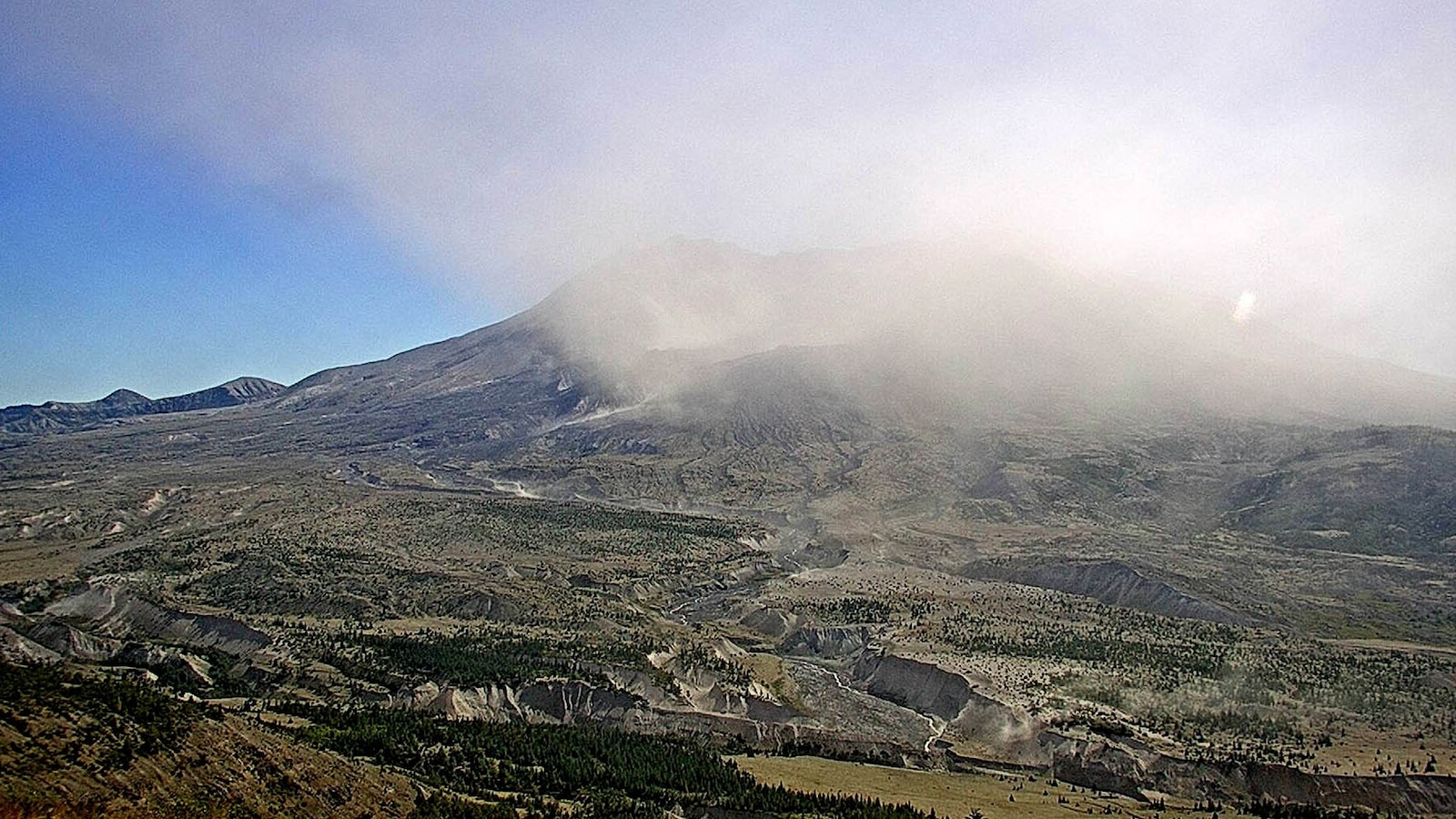Strong Winds Lift 1980 Mount St. Helens Ash, Causing Haze and Air Quality Concerns
Strong Winds Lift 1980 Mount St. Helens Ash, Causing Haze and Air Quality Concerns

Strong winds sweeping across parts of Washington state have stirred up volcanic ash from the 1980 eruption of Mount St. Helens, leading to hazy conditions and a reduction in air quality. The phenomenon, observed as recently as September 16, 2025, is not a sign of new volcanic activity but rather the resuspension of decades-old deposits.
The U.S. Geological Survey (USGS) explains that ash resuspension occurs when dry, loose ash is lifted into the atmosphere by gusty winds. The Mount St. Helens area has been experiencing prolonged dry weather and is currently under severe drought conditions, contributing to the easy dispersal of the ancient ash.
Commercial pilots operating in the region have reported encountering the resuspended ash, which the USGS warns can pose a hazard to aircraft and impact human health. Both the USGS and the National Weather Service (NWS) have issued clear statements to prevent misunderstanding, with the NWS explicitly tweeting, “Mt. Saint Helens is NOT erupting. Volcanic Ash from the 1980s is being lofted back into the air from the strong east winds.”
Officials confirm that the volcano alert level for Mount St. Helens remains at “Normal” or “Code Green,” emphasizing that the current situation is a weather-driven event involving historical ash, not a new eruption.
Disclaimer: This content is aggregated from public sources online. Please verify information independently. If you believe your rights have been infringed, contact us for removal.